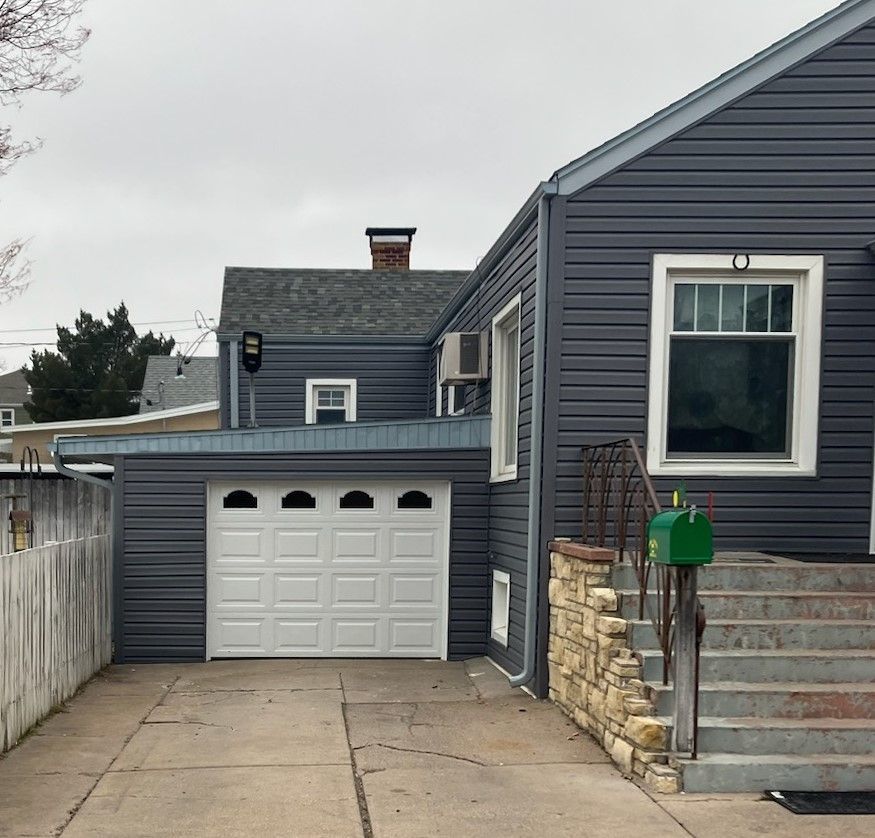Your overhead door does more than just open and close; it protects your home, keeps energy costs down, and enhances curb appeal. But like any complex equipment, it needs care. Ignoring subtle issues can lead to expensive fixes—or worse, a door that stops working entirely. Let’s explore the top 5 signs your overhead door might need repair and why acting quickly is key.
Odd Noises: A Sign of Trouble
Does your overhead door groan, grind, or make high-pitched noises? These sounds are not just annoying—they’re a cry for help. Unusual noises can indicate issues with the door’s springs, tracks, or opener system. Left unchecked, these small problems can snowball into major malfunctions.
Delayed Garage Door Movement
If your overhead door is slow to open or close, it might be due to aging parts or electrical issues. A door that hesitates could be dangerous, especially if it malfunctions while in use. Prompt repairs can get it back to working efficiently.
Sagging: A Structural Concern
Have you noticed uneven or drooping areas in your overhead door? This is often a sign of structural weakness or tension issues. Beyond being unattractive, sagging can make your garage less secure and insulation capabilities.
Higher Utility Costs?
A poorly fitted or insulated overhead door can cause drafts, making your HVAC system work harder. If you’ve noticed your energy bills creeping up, your garage door could be the culprit. Fixing your door can save you money in the long run.
5. Physical Damage or Wear
Dents, splits, or corrosion are clear indicators that your overhead door has seen better days. While some damage might seem cosmetic, it can lead to bigger issues and make it more susceptible to malfunctions. Addressing these issues without delay is critical for safety and functionality.
